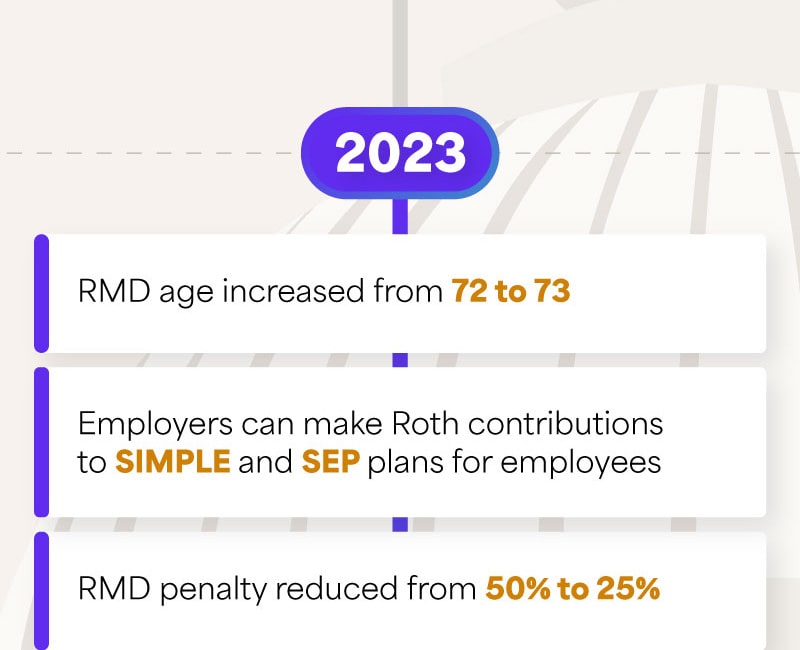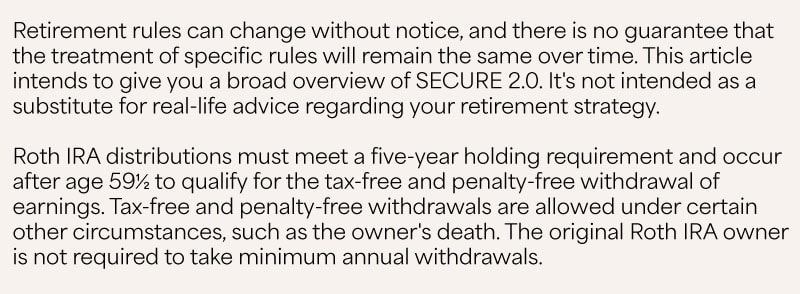Check the background of your financial professional on FINRA's BrokerCheck.
The content is developed from sources believed to be providing accurate information.
The information in this material is not intended as tax or legal advice. Please consult legal or tax professionals
for specific information regarding your individual situation. Some of this material was developed and produced by
FMG Suite to provide information on a topic that may be of interest. FMG Suite is not affiliated with the named
representative, broker - dealer, state - or SEC - registered investment advisory firm. The opinions expressed and
material provided are for general information, and should not be considered a solicitation for the purchase or
sale of any security.
We take protecting your data and privacy very seriously. As of January 1, 2020 the California Consumer Privacy Act (CCPA) suggests the following link as an extra measure to safeguard your data: Do not sell my personal information.
Copyright 2025 FMG Suite.
The Financial Advisor (s) associated with this website may discuss and/or transact business only with residents in which they are properly registered or licensed. No offers may be made or accepted from any resident of any other state. Please check Broker Check for a list of current registrations
Securities and advisory services offered through Commonwealth Financial Network®. Member FINRA, SIPC, a Registered Investment Adviser. Fixed insurance products and services are separate from and not offered through Commonwealth.
Information presented on this site is for informational purposes only and does not intend to make an offer or solicitation for the sale or purchase of any product or security.
Form CRS: Client Relationship Summary
Use of Cookies: Our website uses Google Analytics to provide insight into our website and to improve the relevance of marketing. For more details about how Google uses information from sites or apps that use our services, visit google.com/policies/privacy/partners/. If you would like to opt out of Google Analytics, please visit tools.google.com/dlpage/gaoptout.






































